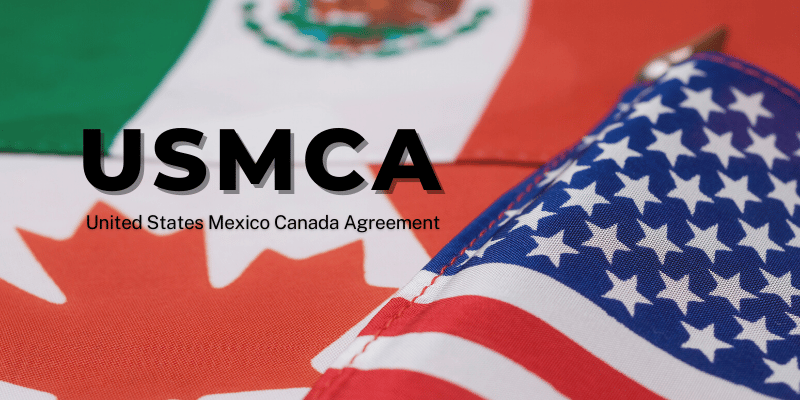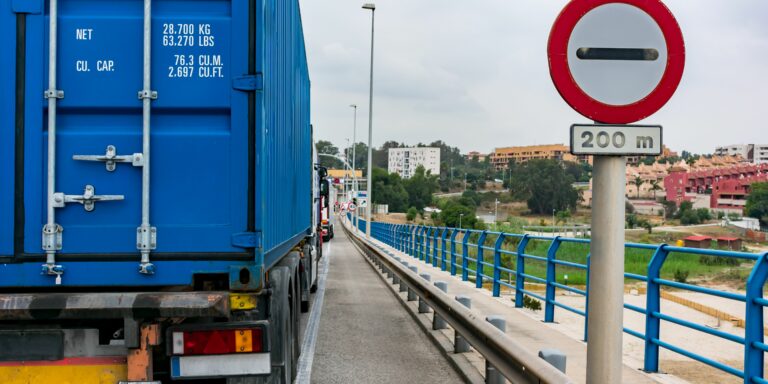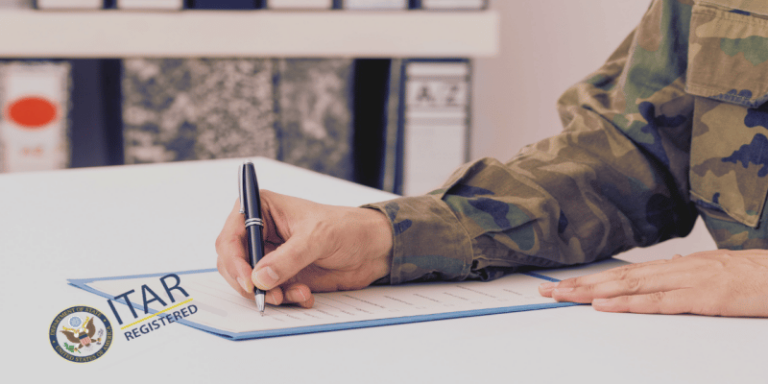CBP Proposes Streamlining Origin Rules for Imports from Canada and Mexico
I learned a new word recently: “goat-rope.” The safe-for-work definition is a big, confusing mess. While it can be used to describe many different situations, I thought it was a perfect description for the ways in which the United States makes origin determinations for products imported from Canada and Mexico. Fortunately, help to make things a bit less messy may be on the way from Customs and Border Protection.
Multiple Rules, Multiple Headaches
As things now stand, U.S. Customs and Border Protection may apply three different rules of origin to goods imported from Canada and Mexico. The first rule is to determine whether a product is “originating” pursuant to Chapter 4 of the United States-Mexico-Canada Agreement. It is based on the tariff shift and regional value content criteria we’re familiar with from its predecessor, the North American Free Trade Agreement.
The second is the 19 C.F.R. Part 102 Marking Rules, recycled from the NAFTA Marking Rules. As explained by CBP, the agency “has decided to continue application of the current part 102 rules to determine the country of origin for marking purposes of a good imported from Canada or Mexico to articles imported pursuant to the USMCA.” These, too, use a tariff-shift approach, too, but one that is generally easier to meet than those for originating goods. They provide sequential alternative guidelines, in case the foreign content does not undergo a qualifying tariff shift as a result of the production process in Canada or Mexico.
Third is that old stand-by, “substantial transformation,” for any other origin-based issues. Most prominently, CBP has been using this standard to evaluate whether products with Chinese-origin content that are assembled or completed in Mexico are covered by the Section 301 tariffs. For now, it continues doing so under USMCA. Substantial transformation also applies in determining whether goods from Canada or Mexico are “eligible products” for federal government procurement purposes.
This multiplicity of standards can lead to a multiplicity of outcomes. It is possible for a product that undergoes processing in Mexico to qualify as originating under USMCA, and thereby receive a zero regular duty rate, but at the same time be treated as having Chinese origin for Section 301 purposes because no substantial transformation took place in Mexico. Likewise, the Marking Rules may require a product subject to the Section 301 duties be labeled Made in Mexico. Or, in an extreme case (I haven’t seen any myself, but it’s theoretically possible), it could undergo a substantial transformation in Mexico, but nevertheless have Chinese origin under the Marking Rules.
CBP’s Proposal
This approach leads to inconsistent determinations of where a product is “from.” It also means a lot of extra work for CBP and importers, as a search of the terms “Mexico”, “301” and “marking” in CROSS ruling database will show.
The agency has issued a Federal Register notice proposing “to apply the part 102 rules for non-preferential origin determinations made by CBP for goods imported from Canada or Mexico, including government procurement determinations.” “Non-preferential”, CBP explained, “generally refers to purposes set forth in laws, regulations, and administrative determinations of general application applied to determine the country of origin of goods not related to the granting of tariff preferences pursuant to a trade agreement or a trade preference program such as the Generalized System of Preferences.” If adopted, this approach would eliminate the redundancy caused by applying the Marking Rules and substantial transformation to the same transaction.
CBP’s proposal asserts that the Part 102 rules are simply another avenue for making substantial transformation determinations. I don’t agree. “Tariff shift” and “substantial transformation” take very different factors into account, and can reach different outcomes. Moreover, if the tariff shift provisions fail to provide a result, the Part 102 rules will look to the origin of the material imparting “the essential character of the good.” If that fails, the origin will be based on “the last country in which the goods underwent production.”
Regardless of how CBP characterizes the Part 102 rules, however, their application to non-preferential origin determinations for Canada and Mexico will go a long way to fixing the goat-rope of a system in place now.
You can read the original posting here > Thompson & Associates, PLLC







